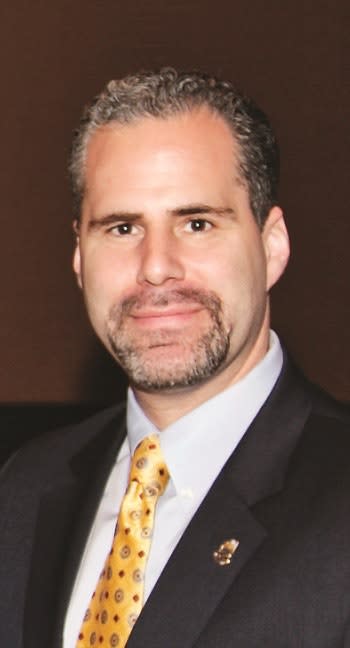The Kryptonite for police remotely piloted aerial video isn't bad guy jamming devices, training complexity, or legal hurdles. It's potentially treacherous optics. You will note that I have not called these aerial devices "drones" or "unmanned aerial vehicles (UAVs)." The optics associated with these names are negative. There is public distrust of drones, and critics see them as death from above or Big Brother spying from the sky. Branding is important, and it is important for the name of these aerial law enforcement vehicles to reflect their positive police mission.
Unlike the bad guys, law enforcement must be mindful of the imperative of winning community trust. Yes, program transparency and strong agency policies are important, as well as thorough training. But in the end, law enforcement must conquer the optics challenge and win the trust of the American citizenry.
A good example of how to accomplish this was illustrated in Michael Hamann's "How to Implement and Justify a Drone Program" (POLICE, January 2018). In his opening paragraph, Hamann describes a real example of how a remotely piloted aerial video vehicle was used to quickly locate children that went missing in a park. Positive life-saving stories can conquer a thousand criticisms.
As POLICE Magazine Editor David Griffith discussed in his article "Drone Vs Drone" (POLICE, January 2018), drones can be used against law enforcement." While Griffith advocates correctly for police capacity to counter bad guy drone use, it is also important that these examples be cataloged and shared with the community. Law enforcement needs to illustrate the dire consequences of the good guys doing nothing in response to criminal aerial video engagement.
The Police Foundation has created a guide for law enforcement agencies seeking to build strong aerial video programs. And the International Association of Chiefs of Police has issued Recommended Guidelines for the Use of Unmanned Aircraft. These resources are invaluable when building department aerial video programs. They properly stress the need to be mindful of public Fourth Amendment and privacy concerns, as well as the need to implement strong policy for aerial video use.












